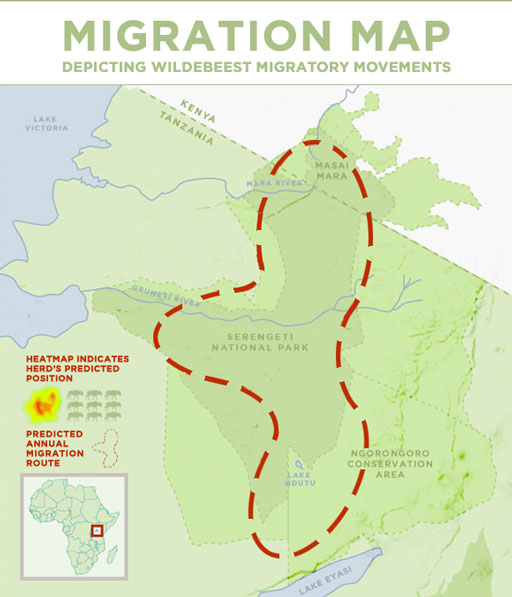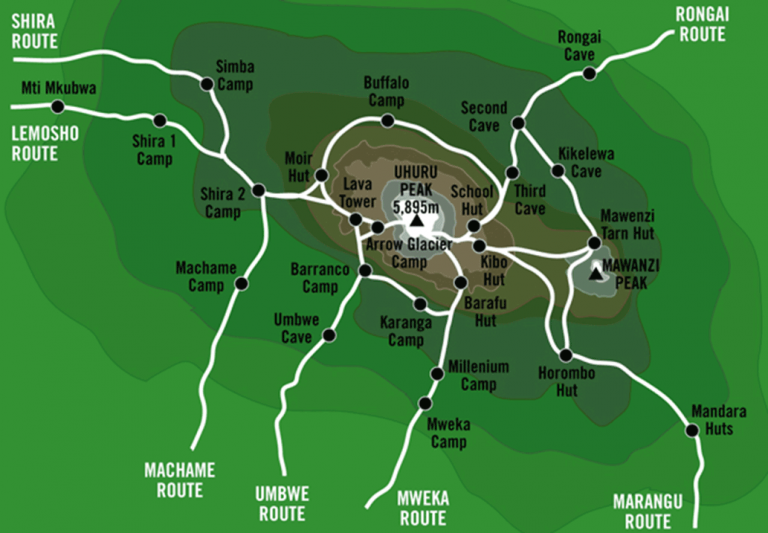Classic wildlife experience
The Serengeti National Park makes up one of the most important ecosystems on the planet, supporting a magnificent diversity and abundance of animals. A classic African safari experience. The biological diversity of the park is very high with at least four globally endangered animal species: black rhinoceros, African elephant, wild dog, and cheetah. However, the rhino populations are very small due to the large amounts of rhino poaching in all of Africa. Strong measures are taken in the park to ensure the safety of this endangered animal.
One of the things that make Serengeti special is its predator population. There are some 3,000 lions inside the park. The park also hosts one of the largest and most diverse large predator-prey interactions worldwide, providing a particularly impressive aesthetic experience. Visitors can expect excellent cheetah sightings and leopards are also regularly spotted. Other predators include serval cats, golden and black-backed jackals, African golden wolves, African wild dogs, spotted hyenas, and many others. Crocodiles inhabit the marshes near the Mara River.
Speaking of abundance, the Serengeti supports more than 35 species of plains animals. The famous ones are its huge herds of (wildebeests), gazelles, and zebras. Some of the other animals found in the park are large herds of impala (one of the most successful mammals on earth), Thompson’s and Grant’s gazelle, giraffe, warthogs, Roan antelopes, Bush backs, Lesser kudu, Oryx, Hartebeest, Eland, Wild wildebeest, and many others.
For birders, the park is a bird watcher’s paradise, featuring more than 500 different species of birds. The species include a few Tanzanian endemic species, such as Fischer’s lovebird, grey-breasted spurfowl, and Rufous-tailed weaver. Other birding highlights range from the very large ostrich, the Ashy starling, the Black crake, Ficher’s lovebird, Hildebrant’s starling, Hartlaub’s turaco, secretary bird, the Red and yellow barbet, and many others.
The Great Migration
One cannot mention the Serengeti without mentioning the Great Wildebeest Migration. While you can see about 70 different types of mammals and up to 500 different species of birds, it’s the migration that is truly something to behold. The Serengeti plains harbor the largest remaining unaltered animal migration in the world where over one million wildebeest plus hundreds of thousands of other ungulates engage in a 1,000 km long annual circular trek spanning the two adjacent countries of Kenya and Tanzania migration in search of pasture and water. The spectacular phenomenon takes place in a unique scenic setting of spectacularly flat short grasslands dotted with rocky outcrops (kopjes) interspersed with rivers and woodlands. The biggest migration of terrestrial animals on the planet and considered as one of the Seven Natural Wonders of Africa.
Contact Us if you want to incorporate the Serengeti into your holiday experience in Africa.









